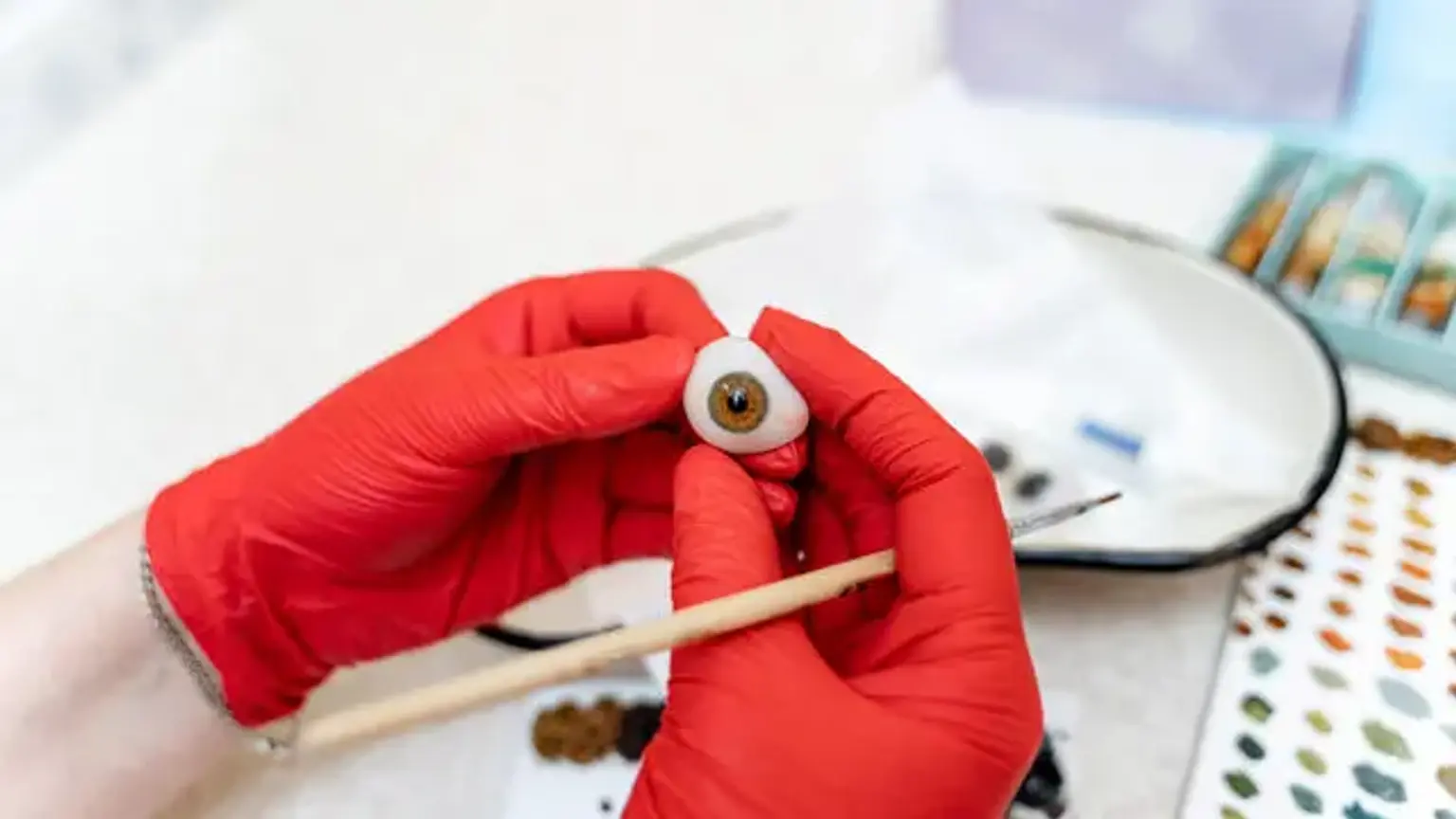Eye enucleation
Overview
Enucleation is the process of removing the eye while leaving the ocular muscles and orbital contents intact. This sort of ocular surgery is used to treat a variety of ocular malignancies, as well as eyes that have been severely traumatized or are otherwise blind and painful.
The prospect of losing an eye is understandably terrifying for many people. However, it's crucial to understand that eye removal is a very routine procedure that may treat a variety of eye illnesses, relieve eye pain, and significantly enhance a patient's quality of life. This information is intended to assist patients and their families in better understanding the many techniques used to remove the eye, how to best prepare for the operation, and what to expect throughout the healing period.
